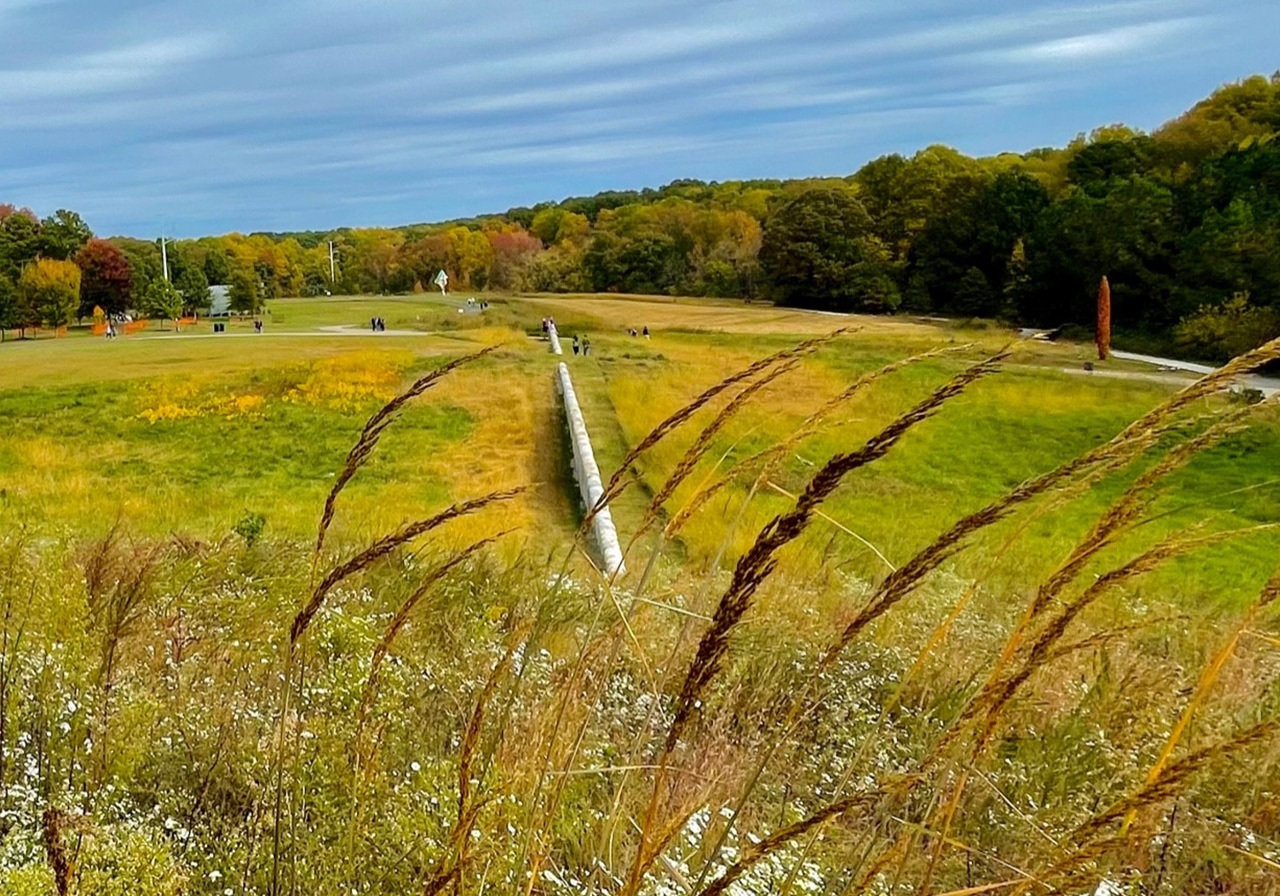Ecosystems: Natural Wonders in an Urban Setting
[[translate(episode,'title')]]
[[translate(episode,'audioCredit') || translate(episode,'credit')]][[translate(episode,'title')]]
[[translate(episode,'audioCredit') || translate(episode,'credit')]]Audio Transcript
The Museum Park has become a haven for people of our state to connect with the natural wonders of North Carolina.
The Park team protects and enhances the existing land so visitors can experience some of the natural habitats of the state in a single urban setting.
One such area in the Park is the Piedmont Prairie.
Prairies are meadows of tall grasses and flowers. They have evolved throughout the history of North Carolina. The prairie openings between streams and forested areas were created over time by natural fires and wildlife grazing. Land management techniques used by American Indians maintained these open areas.
The mix of grasses and wildflowers supports a diverse population of insects in the meadow, and those insects attract flocks of bluebirds. They can be seen hunting and perching on tall grasses in the morning. Butterflies and bees also spend hours in the meadow collecting pollen and nectar.
In 2018 a walking path was added through the prairie to give visitors a more immersive experience in nature.
The area below the meadow is known as an ecotone. This is a transition area between two ecosystems. Located between the meadow and forest areas, the Museum’s ecotone contains grasses, ferns, wildflowers, and shorter trees and shrubs like the elderberry.
This area leads into the woodlands and the wetlands.
Pockets of wetlands are found along the Park’s streams. They filter pollutants from the water and provide buffers during flooding events. They also provide a great habitat for amphibians, snakes, insects, and birds.
Woodland areas of the Park offer shade to walkers, and they are home to fascinating creatures like great-horned owls, eastern box turtles, and the red-femured spotted orbweaver spider.
Today the Park draws more than one million annual visitors, and the Museum team strives to restore and maintain each ecosystem for these and future visitors.
It’s a special opportunity for people to be able to see much of the beauty of our state in one place. Just like we want to preserve the People’s Collection in our galleries, we also want to preserve the Park’s natural wonders for every generation.
